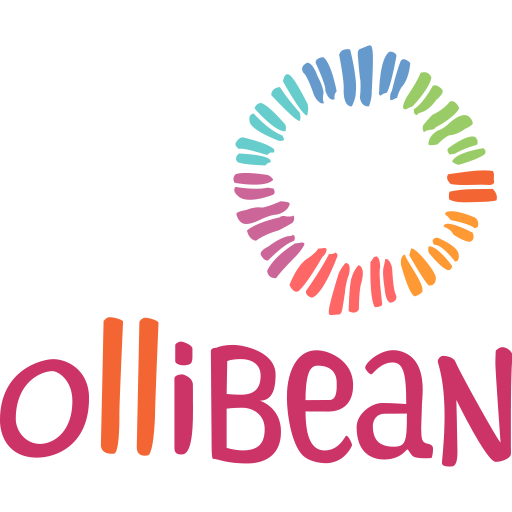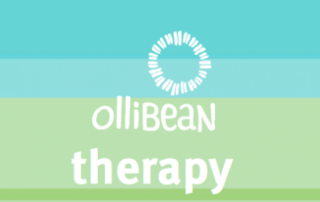Autistic Burnout
Each individual who has an autism spectrum diagnosis got that diagnosis based on deficits. That isn’t good or bad, but rather, simply the way diagnosing works. Diagnostic deficits are based on the social and expected norms exhibited by the majority of people. Deficits are determined by a significant deviation from this majority norm. And, if you deviate far enough from the norm you get a label. If you have a group of deficits that line up with the autism spectrum disorder label then you get that label. Once an individual has the autism label, we begin teaching skills to
Putting Education First by That Crazy Crippled Chick
"First, we must ensure that all children, including and especially those with disabilities, receive a quality education. Inclusion means nothing if a child is not receiving a good education, which is, in fact, the very reason we have schools in the first place. " Cara Liebowitz
Dinosaur Claw: Physical Therapy for Cerebral Palsy
"Helping Hands" at Rice University have developed Dino-Might, a controller/game designed for patients with cerebral palsy to use for physical therapy.
Holly Robinson Peete and the Living with Autism Workshop
Holly Robinson Peete describes one of her main goals for HollyRod is to eventually create a St. Jude’s like center for autism where children can receive treatment.
Videos games as therapy?
Video games may not be as bad for us as our mothers told us. The latest foray into the virtual realm stems from the Archives of Physical Medicine and Rehabilitation, citing that targeted rehabilitation of patients with Cerebral Palsy can be achieved through the use of active video games (Nintendo Wii, Xbox 360 Kinect, Playstation Move, etc.).
Cycling Study Aims to Improve Movement of Children with Cerebral Palsy
AUSTIN, Texas - (May 23, 2012) - Cycling training is an effective therapy for children with cerebral palsy, a type of brain injury that causes altered development in both children and adults. It is one of the most common movement disorders in children an
Upper Limb Therapy in Children With CP
Intensive goal-directed upper limb training programs using either constraint-induced movement therapy (CIMT) or bimanual training (BIM) achieved domain-specific changes in quality of life relating to feelings about functioning and participation and physi


